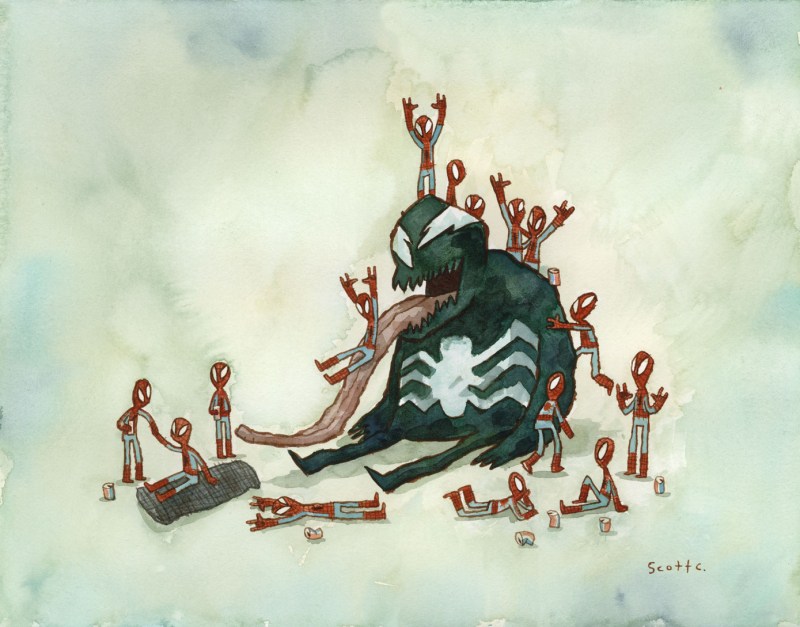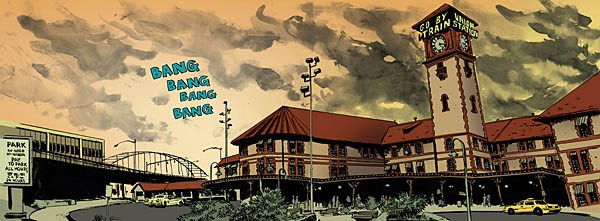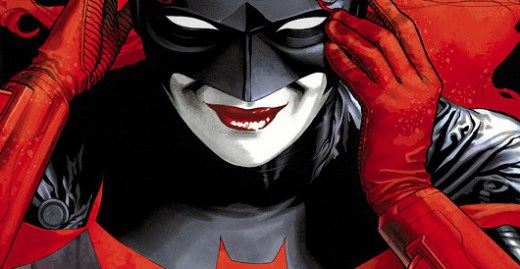 If you’ve read my review of The Lady, you’ll know that I’m a fan of the strange and disturbing work of Michael Patrick Rogers. Luckily for me – and anyone else who enjoys creepy point-and-click games with excellent artwork – his next project has just hit Indiegogo!
If you’ve read my review of The Lady, you’ll know that I’m a fan of the strange and disturbing work of Michael Patrick Rogers. Luckily for me – and anyone else who enjoys creepy point-and-click games with excellent artwork – his next project has just hit Indiegogo!
This time around, MPR has teamed up with David Szymanski of Fingerbones and comic book artist Stanislav Yakimov to create this simple yet challenging game which manages to feel like a comic book. Each level is introduced by some background information about the titular character The Grandfather, an old man sleeping alone while his cold, unloving wife ignores him in the adjoining bed. He’s an obviously sympathetic character – who of us hasn’t feared that we would end up like that, stuck in not just a loveless marriage but one without the slightest bit of compassion. In fact, one of my favourite songs is about that very idea.
These scenes of his life are shown in a wonderful comic book style that will feel instantly recognisable for any regular reader of comics. But even for those who aren’t fans of the style, the simplicity of the panels and the fact that there are no speech bubbles takes away what many find hardest about reading comics; taking in the words at the same time as the images. Instead a voice-over provides us with his sad story.
Much of the imagery is to do with death and rebirth, often at the same time. This serves to give the character of the grandfather this curiously childlike demeanour, reacting to his wife’s rejection in the way a child might when pushed from their parents’ room after a nightmare. Just because he’s old doesn’t mean he knows any more than we do, especially about dealing with the unpleasantness of life.
The music seems to be a huge part of the story, just as it was in The Lady. The ambient yet sometimes discordant noises are built up by the player throughout the game, giving each game its own individual soundtrack. I imagine mine sounded like the panicked clicking of my mouse over and over.
Although I’ve only played the demo so far, it seems quite similar in game play to The Lady – albeit easier (again, so far). As is usual for MPR, he makes no effort to explain how to play the game or what your objective is, and it can be bewildering trying to work it out (and often results in the mashing of keys and buttons). You’re simply dumped into an unknown room, tasked with progressing…but how? That’s up to you to find out.
It’s always hard to tell how indicative a demo will be of the final piece, and there are certainly one or two technical issues to sort out. But if the artwork, the pacing, the playing and the music stay pretty much the same, I think we’ll be on to a winner with The Grandfather. If you’d like to donate toward the making of the game please head to this location.









